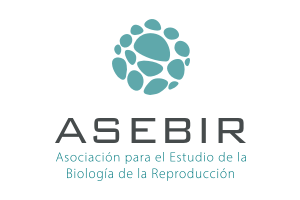CassandRA Human resources calculator in assisted reproduction

Human resources in the assisted reproduction laboratory are a key element for the lab’s proper functioning. To date, there is little bibliography that deals with this topic in a comprehensive way, despite its importance.
After a study carried out within the Asebir Quality Interest Group, we have created this calculation tool that will allow us to estimate the appropriate number of personnel for a particular assisted human reproduction laboratory. The human resources calculator, called CASSANDRA, is an online platform which will help laboratories, whatever their volume of work is, to carry out an assessment of the personnel they would need to complete their activity safely. The calculator bases its calculations on the times required to carry out the different procedures of the andrology, embryology, cryobiology laboratory, and the quality controls necessary for their development. In addition, it takes into account the labor agreement, public or private, hours for staff training, and daily vacation or rest periods.
Considering all these variables, Cassandra executes formulas that, after including the number of procedures for each of the different activities, will give a calculation of the recommended personnel to carry them out.

 Contacto
Contacto Zona de Socios
Zona de Socios


